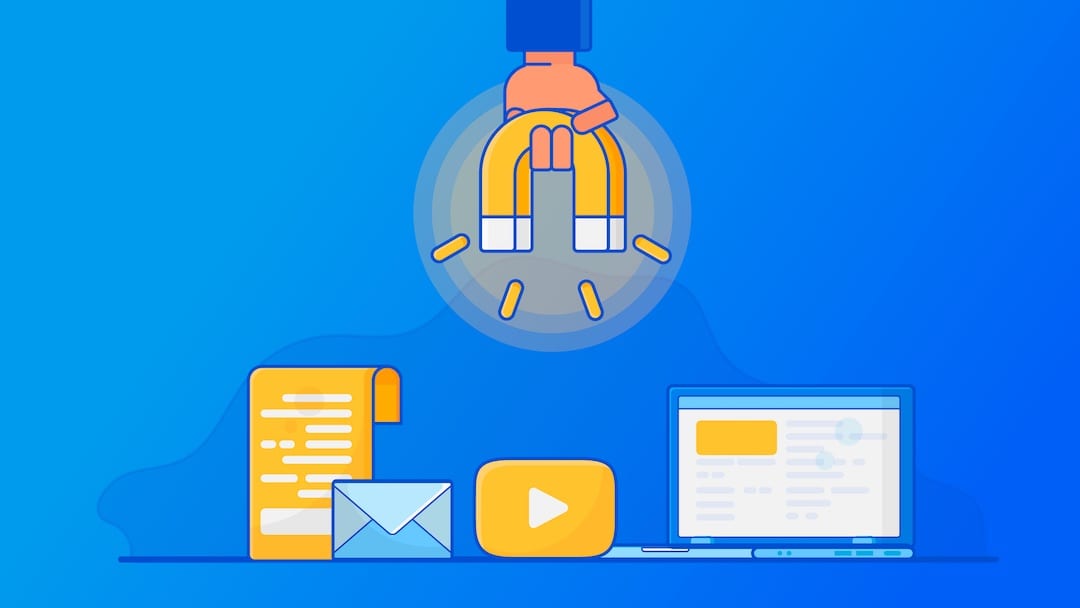Do you know what conversion marketing is? Let’s explore what it really is…
Think of a Perfect Digital Marketing Story
You rank on the top of Google search results, which enables you to get the most number of visitors to the website, which is pitching the perfect message, which drives the maximum inquiries/sales, which keep recurring to boost your marketing ROI and profits.
Let’s Move to the Real Story
In the above story, things went pretty smoothly, which is not the case in the real world. You need to make efforts at every stage to guide or nudge (or even push) the visitor to take the desired actions. This action could be anywhere between more clicks to getting more recurring sales. So, how does a marketer address it? How can they get more conversions at every step?
The answer lies in conversion marketing.
What Is Conversion Marketing?
The marketing process that focuses on driving more conversions or attracting users into making the desired action is known as conversion marketing. In other words, it aims to convert more users into paying customers.
Another way of looking at conversion marketing is as a method of reducing the drop off rate. If you can lower the number of users who leave your website or app without making the payment, you can see a growth in the number of conversions, which means your conversion marketing is on the right track.
How to Build a Robust Conversion Marketing Process?
So how exactly can you get started with conversion marketing? The steps below will help.
Step 1: Identify Steps Involved in the Customer Journey
Even though every customer is different and their interaction with the business is unique, you can still identify some common touchpoints at which you qualify the users from one stage to another till conversion. You need to list down these steps and collect various performance metrics at each step.
For example, one of the steps could be the customer’s visit to your main product pages on the website. Various performance metrics for this page could be the number of sessions, average time on page, and bounce rate.
Step 2: Reduce the Number of Steps
The longer the customer journey, the greater is the drop-off potential. To maintain a high conversion rate with your marketing effort, it is important that you shorten the customer journey so that they convert quickly. A shorted customer journey will also give you lesser points to address and improvise upon. Pick the performance metrics from step 1 and look for steps that you think could be removed from the general buyer journey.
For example, if your process requires a customer to initiate a chat with your representative, you can offer that option right within Google’s search results instead of making them first visit your website and then look for the chat option.
However, while reducing the number of steps, ensure that you are only getting rid of the redundant steps only. We would not want to lose potential customers in the process of smoothening the journey.
Step 3: Set Your Goals At Each Step and Track Them
The biggest advantage that digital marketing has over the other alternatives is its number-driven approach. The same approach follows with the conversion marketing as well. For the steps finalized in step 2, identify and set the appropriate goals. There is no thumb rule for it, but I recommend going with 10% conversion goals when we do not have historical data-proof to support a better conversion. With time and learning, you can look for better targets.
You will be able to relate the overall marketing efforts in sync as well when you are able to visualize the potential of conversion marketing. At the same time, this will also give you clarity on which step needs deeper understanding or efforts from your end to boost the conversions.
Step 4: Pick Improvement Points
Now that you have goals for every step, you can look for ways of achieving them. For an ad copy, you might want to reconsider the color and placement of the call to action while improving messaging in the landing page could be done.
Most importantly, document these observations. While marketers try to think from the perspective of the customer, we may err at it as well, which can hurt the existing performance instead of improving it. Therefore, we might have to go back to previous practices. So, better if we don’t proceed without documentation.
Step 5: Experiment, Learn and Optimize
That is a consistent rule in any marketing practice that you adopt. You need to be able to experiment with ideas to see what works when with whom and to what extent. Along with the marketers, the audience evolves too – which makes it consistent learning more of a necessity than a choice.
But what is the right method of experimenting with conversion marketing? A/B testing is the first step in the direction. There are hundreds of tools available to assist you with that. Depending on the CMS and analytics platforms that you are using for your website, you can pick one or many to work on it. Even if you are not using a dedicated A/B testing tool, you can build a hypothesis and pick various variables at different stages of your customer journey. Analyze the performance based on significant volume to declare the winner in the test and then move to another test. Again, keep it all documented.
Final Note
How conversion marketing is different from other forms? Well, it doesn’t try to attract more and more users. Instead, it focuses on getting more from existing users. With the right implementation of conversion marketing, you make most of the available opportunities to uplift your sales and profits.
We are keen to hear your thoughts on it. Post in comments your queries or how you are doing better conversion marketing.

